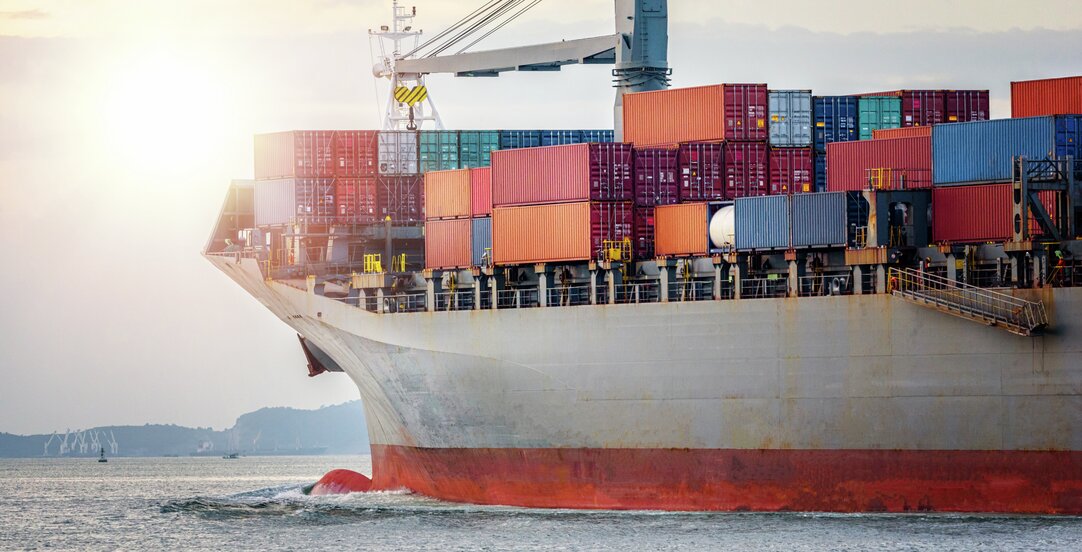MARPOL Annex VI – EEXI AND CII – can your contracts cop?

The IMO recently introduced amendments to MARPOL Annex VI aimed at improving the technical and operational efficiencies of all types of ships. These amendments are expected to enter into force as soon as 1 January 2023. The amendments introduce the Energy Efficiency Existing Ship Index (EEXI), a technical measure concerned with ship design, and the Carbon Intensity Indicator (CII), an operational measure concerned with a ship’s trading and operation.
Lesetid 5 minutter
The EEXI is a one-time requirement to improve the energy efficiency of a ship’s design. The regime applies to all existing ships above 400 GT falling under MARPOL Annex VI. The relevant ship will be ascribed an “attained EEXI” which will demonstrate the ship’s energy efficiency compared to a baseline. The attained EEXI will then be compared to a “required EEXI” for that particular ship type. If the attained EEXI is less efficient than the required EEXI, owners will need to take steps to ensure compliance.
Implementation and compliance with the EEXI
To comply with the EEXI, a Technical File will need to be prepared for most ships (excluding those already built in accordance with Energy Efficiency Design Index (EEDI) Phase 2 or 3 requirements). The Technical File will record the calculation of the attained EEXI, which must be below the required threshold.
Once completed, owners or managers of a ship must submit the File to its classification society for approval and also carry it on board. A verification process for the attained EEXI as recorded in the Technical File will then take place during the first annual survey in 2023, and, if verified, a new International Energy Efficiency Certificate (IEEC) will be issued by the classification society on behalf of the relevant flag state. The IEEC will need to be presented to port authorities, though the consequences of failing to do so are not yet clear.
Whilst there are no formal requirements for owners to make technical modifications to the ship (e.g. by installing energy saving devices or making propeller improvements), it may be the most realistic way to achieve compliance. Owners may also wish to limit engine power.
Ensuring continuous improvements to ship’s energy efficiency
Where the EEXI is a one-time certification, the CII regime will ensure continuous improvements to ships’ energy efficiency by enforcing increasingly stricter emission targets for existing ships year on year. This will apply to all ships above 5,000 GT.
The actual CII attained will be documented (in most cases measured in grams of CO2 emitted per cargo-carrying capacity and nautical mile) and verified against the required CII. This gives a rating on a scale from A to E.
The attained CII should improve annually. Ships rated E, or ships which for three consecutive years are rated D, will have to submit a corrective action plan showing how the required index will be achieved. To promote continuous improvement of attained CII for all ships, it is expected that incentives will be provided by administrations, port authorities and other stakeholders to ships rated A or B.
Implementation and compliance with the CII
Before the CII enters into force, all ships above 5,000 GT will need to have an approved Ship Energy Efficiency Management Plan (SEEMP) in place. The SEEMP will include a plan showing how the CII targets will be achieved.
Significant reductions in a ship’s CO2 emissions can be achieved in various ways, including by slow steaming, installing and implementing new energy efficiency technologies, using alternative fuels and by operational changes (e.g. rerouting or limiting cargo intake).
Impact of the new regulations
The new regulations will have a profound impact across all sectors of shipping, and owners in particular will need to act early in order to understand what measures are required to comply. This will involve reviewing existing charters and drafting future charters with the requirements acutely in mind.
There will be a heightened need to cooperate between owners and charterers to strike a balance between the owners’ interests in adjusting to the CII regime and charterers’ interests in the vessel’s employment and their obligations towards third parties.
Impact on existing charters
In relation to the EEXI framework, owners and charterers should begin negotiating their existing charters as early as possible in order to address the various challenges. If Owners intend to conform by modifying the ship, the costs of modification will most likely be for owners’ account. owners may however wish to seek an agreement from charterers that charterers contribute not only with their expertise but also by covering the direct costs of modification or by accepting increased hire. The parties will also need to discuss when and how the ship should deviate to dry dock for the modification. If owners intend to limit the engine power, they may wish to amend the vessel description and/or the speed and consumption warranties.
What to take into account when drafting new time charters
The EEXI is not expected to cause any difficult challenges for owners once the ship has received the certificate of compliance. The CII, however, will have a serious impact on commercial contracts because it affects fundamental rights of owners and charterers in traditional charters. Key areas of impact on future charters which will need to be considered are:
- Utmost despatch: Most charters require the ship to proceed using “utmost despatch” or similar. Because owners may be required to slow steam or sail longer routes in order to meet the CII targets, owners should have the right to proceed with the most fuel-efficient route. The charter should also ensure that, by doing so, owners are not in breach of their utmost despatch obligation nor their obligation to meet charterers’ orders.
- Wrongful deviation and off-hire: Sailing longer routes may constitute a wrongful deviation and accordingly put the ship off-hire. Owners should negotiate appropriate language to allow for sailing longer routes where doing so is necessary in order to comply with the CII.
- Speed adjustments: Most charters allow charterers to slow steam. If owners intend to reduce the ship’s speed in order to meet the CII, owners should ensure that new charters also give them the right to do so.
- Speed and performance warranties: Owners usually warrant a certain fuel consumption at certain speeds. Owners should ensure that such warranties cover the potential need to deviate from this in order to meet the CII requirements.

